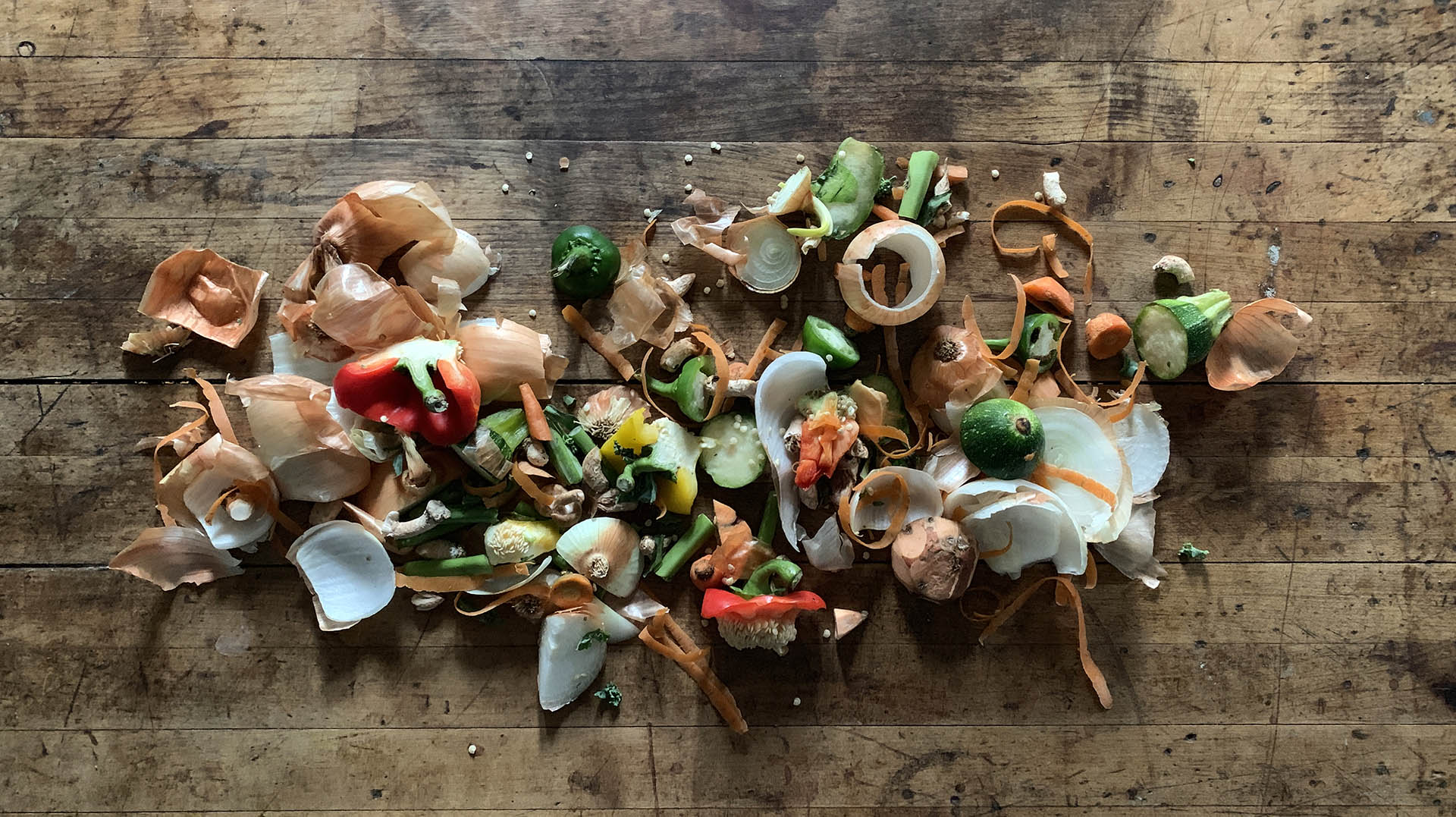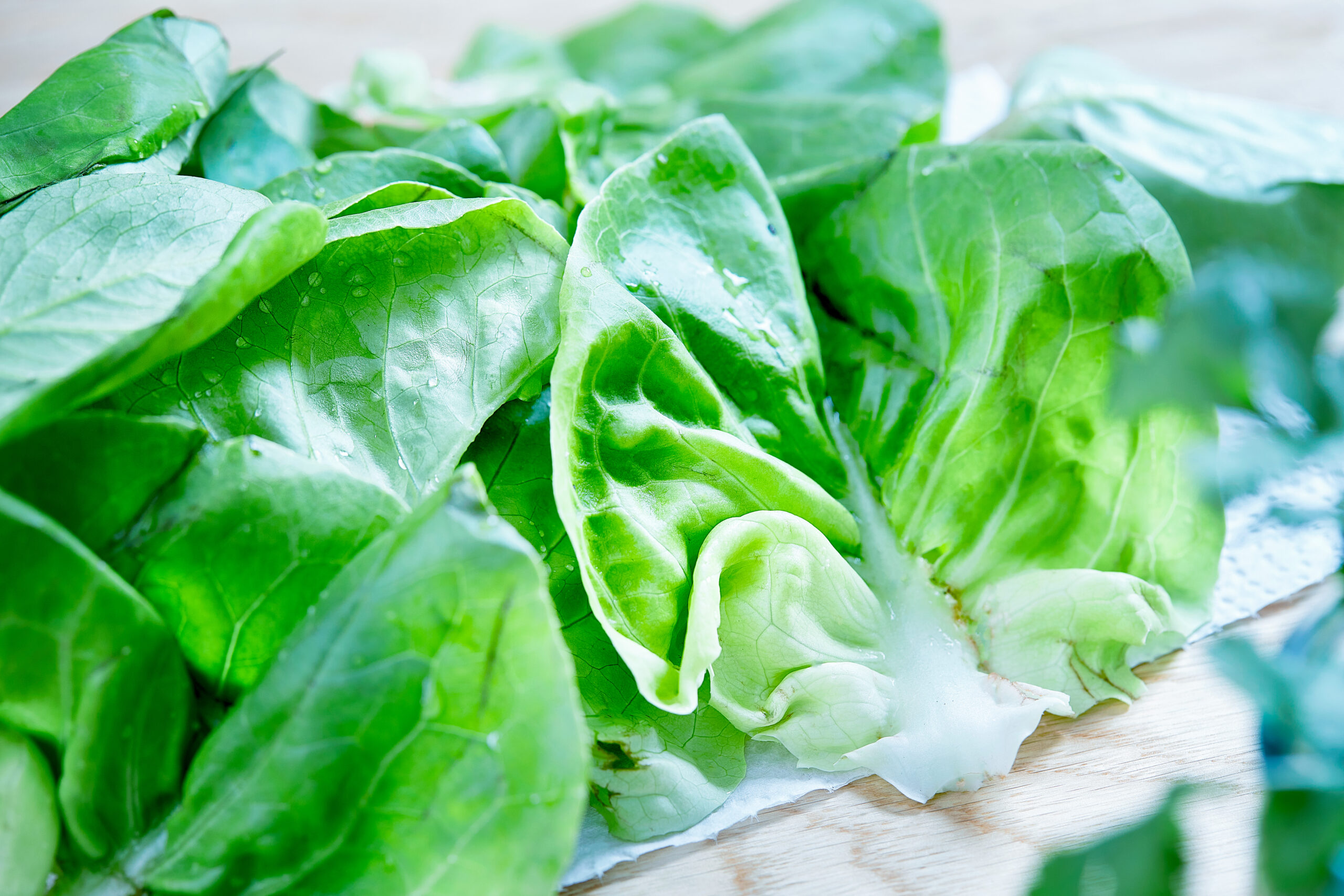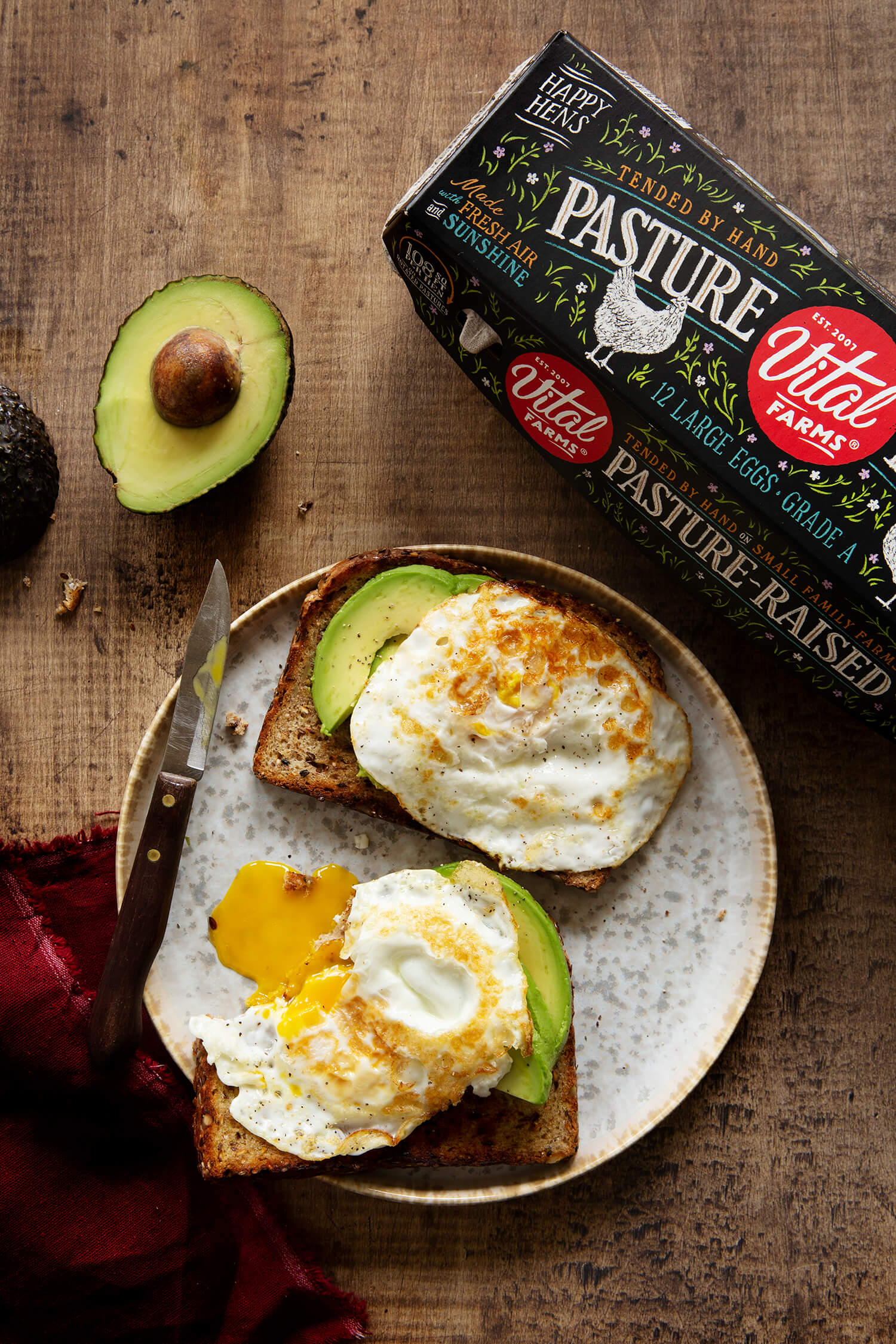Soup is a little like the perfect partner – low maintenance, flexible, and accommodating. Jokes aside, soup really can be the busy cook’s best friend. Once you’ve got the basics down, it’s an endlessly variable nutritious staple that’s especially soothing throughout the cooler months of each year, when there are few sights and smells more welcome than that of a large aromatic pot simmering away on your stovetop.
Taking Stock: The basics
Stocks and bouillons are the building blocks of soup, and though it can be tempting to save time by picking up a carton in-store, making your own makes the end result 100% better. Not only does a high-quality stock take the flavors of your cooking to a whole new level of depth and complexity, but they’re also one of the best ways to put rejected, scrap, or overlooked parts of produce and meat to great use. Frugal cooking that also elevates your end results is always a win-win in our book.
Stock is super simple to make. To get started, check out this recipe for a simple vegetable stock or this umami-packed veggie stock. If you eat meat, we recommend this collection of different varieties of meat stocks that will work with whatever scraps you have in your kitchen.
Soup veggies: The body
Soup can accommodate seemingly infinite variations of ingredients. Here are some tips about what works best:
-
Celery, carrots, and onion – sometimes called the “mirepoix” of cooking, is a classic aromatic trio that is a foolproof base for a wide range of soups
-
Potatoes and squash are both great ways to add a satisfying thickness to the consistency of your soup, especially if you plan to purée it. Try out this Roasted Kabocha Squash and Parsnip Soup with Sage to see what we mean.
-
Apples and sweet potatoes are a great way to add a touch of sweetness to the mix, without stealing the show.
-
Cruciferous veggies, like broccoli, brussels, and cauliflower, are powerful flavors that can easily overwhelm other ingredients if you’re not careful. Unless you want them to be the flavor focal point, consider cooking them separately and adding them as a last-minute stir in.
Seasoning: The personality
Umami is that super-savory quality that makes certain foods so satisfying and is our top tip for making your soup truly irresistible. Depending on the flavor profile that you’re working with, try some of these umami all-stars in your next soup:
-
Parmesan – Throwing a rind into your pot and letting it simmer will do wonders.
-
Miso paste- Add a tablespoon to your onions as you sweat them off.
-
Caramelized onions- Cooking down your onions for a long times makes them taste richer. Try adding a star anise pod to your onions to amplify this effect.
-
Fish sauce- A few teaspoons will make your soup go from good to excellent, trust us.
Acids are your flavor-correcting BFF. If your soup is tasting a little dull and you can’t put your finger on why, adding a bit of acidity may be the solution. Take it slow, but try adding a splash of:
-
Your favorite vinegar
-
Lemon or lime juice
Garnishes: The finishing touch
Try one, or a combo of the following garnish types:
Creamy:
-
Sour cream
-
Creme fraiche
-
Grated cheese, like gruyere or parmesan
Crunchy:
-
Pepitas or other toasted nuts
-
Fried onions, garlic, or shallots
-
Crispy crushed pita or tortilla chips
Fresh and colorful:
-
Chopped herbs
-
Bean sprouts or microgreens
-
Pomegranate seeds
-
A dusting of nutmeg or cinnamon
Keep getting inspired by browsing some of these awesome recipes, and get cooking!









